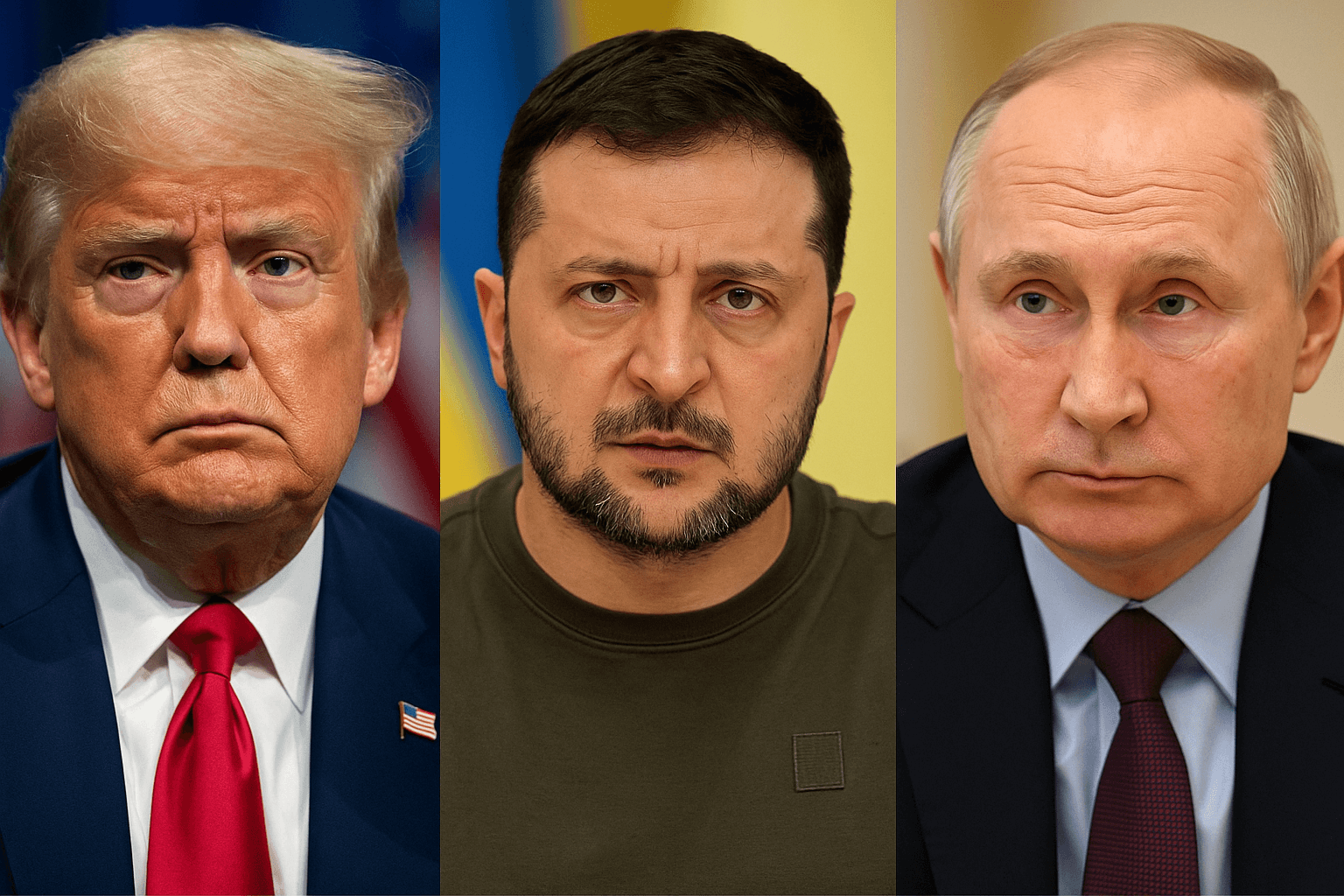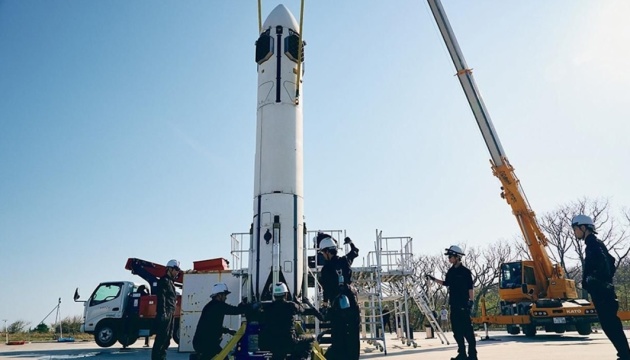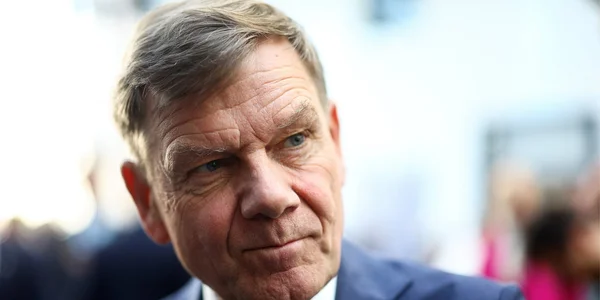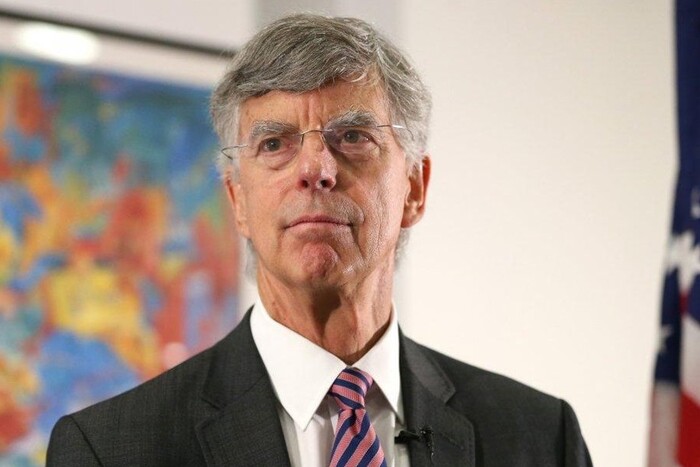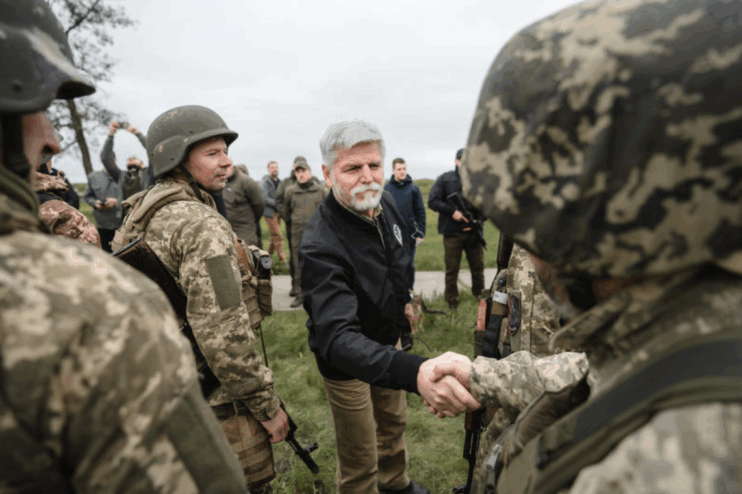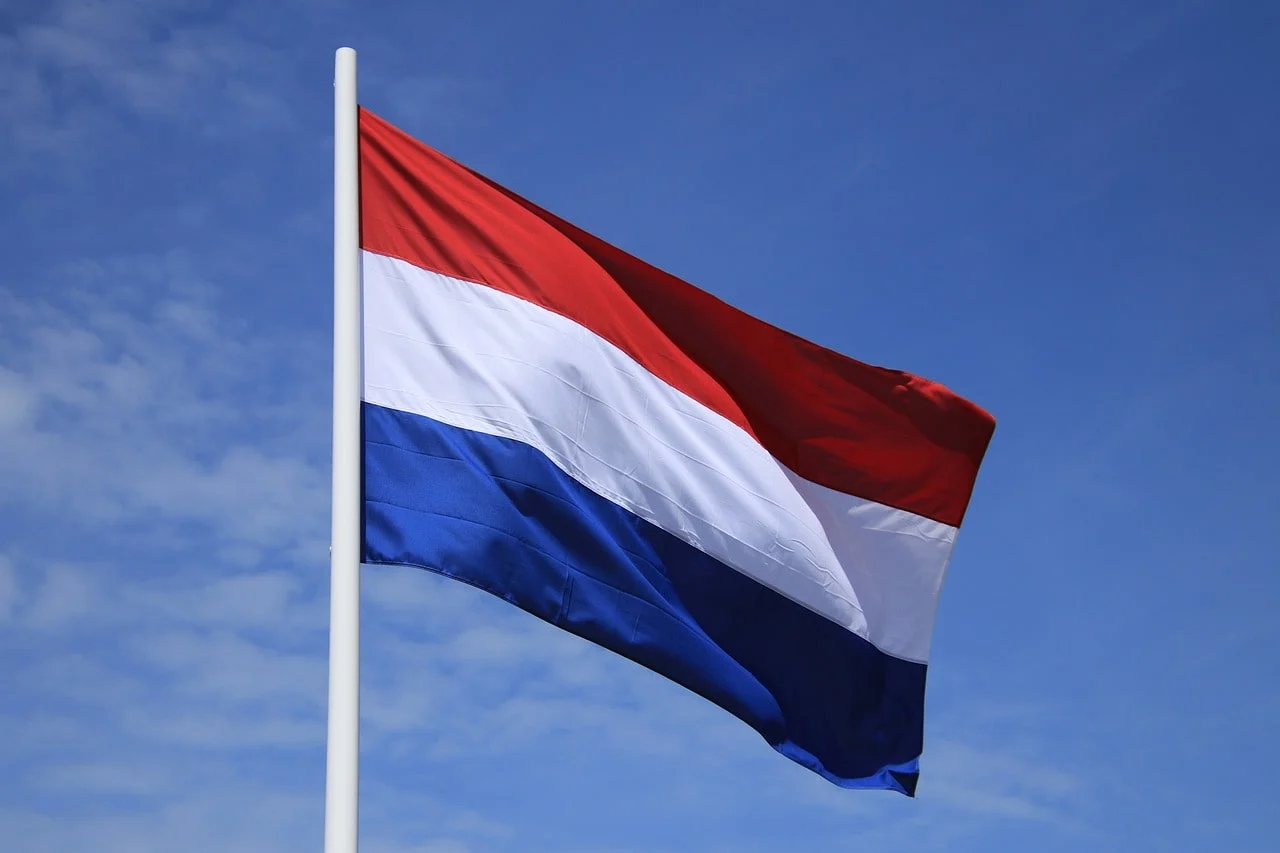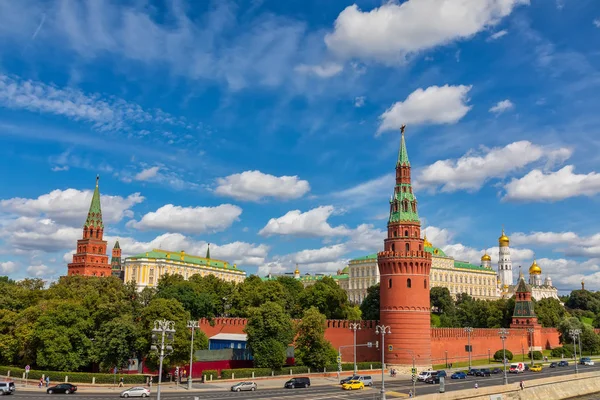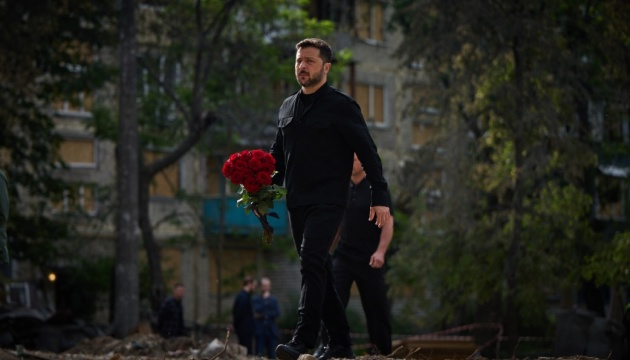Collage :Time Ukraine Israel
During talks in Paris, the United States presented a framework initiative for a ceasefire in Ukraine to its European allies. According to Bloomberg, this peace plan provides for:
- freezing the conflict along the frontline as of today,
- Russia’s de facto control over the occupied territories,
- Ukraine’s refusal to join NATO,
- and, in the long run, the easing of sanctions against Russia.
European sources said Washington’s ideas were met with little enthusiasm. One diplomat quoted by Bloomberg called the peace initiative “an unacceptable attempt to legitimise Russia’s gains”.
Ukraine’s position: outrage and refusal to make concessions
President Volodymyr Zelenskyy has harshly criticised Trump’s envoy Steve Witkoff for his statements about the so-called “five territories” and “new opportunities in trade with Russia”. According to the Ukrainian leader, this peace plan is “the spread of Kremlin narratives”.
“We will never recognise the occupied territories as part of Russia. This is a matter of our independence, security and national dignity,” Zelenskyy said.
What do analysts say?
🇺🇸 Fiona Hill, a Russia expert and former White House adviser, called the plan “a soft surrender of the West” in a commentary for Foreign Affairs :
“Fixing the front line means freezing the conflict, not peace. The Kremlin will get time, control and a new chance to attack from a position of strength.”
🇩🇪 Nicholas Busse, a political analyst at the Frankfurter Allgemeine Zeitung, believes that the US initiative is an attempt to gain time before the elections:
“For Trump, it is important to show results – at least some kind of ‘peace’, even fictitious. But this could undermine the credibility of the US in the eyes of its allies and cast a shadow over collective security in Europe.”
🇺🇦 Alyona Getmanchuk, director of the New Europe Center, warns:
“By agreeing to such a format, Ukraine risks getting a ‘second Korea’ – a conflict that will smoulder for decades. We have to remember that no frozen conflict initiated by Russia has ever ended in real peace.”
Context and risks: The US is looking for a quick fix – Europe is hesitant
Since Donald Trump returned to the White House, the administration has taken a course to de-escalate global conflicts and focus on its domestic agenda. Trump’s emissaries make no secret of this: Ukraine is not a priority, and Russia should be “taken care of”.
At the same time, European allies – especially Berlin and London – fear that this approach will only cement the Kremlin’s geopolitical victory, which could use the pause to continue its offensive. This peace plan carries many risks.
What’s next?
Further talks involving the US, European allies and Ukraine are due to take place next week in London. So far, Kyiv has not officially received a written version of the peace plan.
According to The Moscow Times, the Kremlin is ready to “discuss” the plan, but demands “clear guarantees” of recognition of the territories and lifting of aviation sanctions.
Peace at any price – or a trap?
Washington’s attempt to initiate a ceasefire could be a turning point in the war – or a new trap that would legitimise Russia’s military gains. The key dilemma is whether the West is willing to trade Ukraine’s territories for the illusion of stability.

